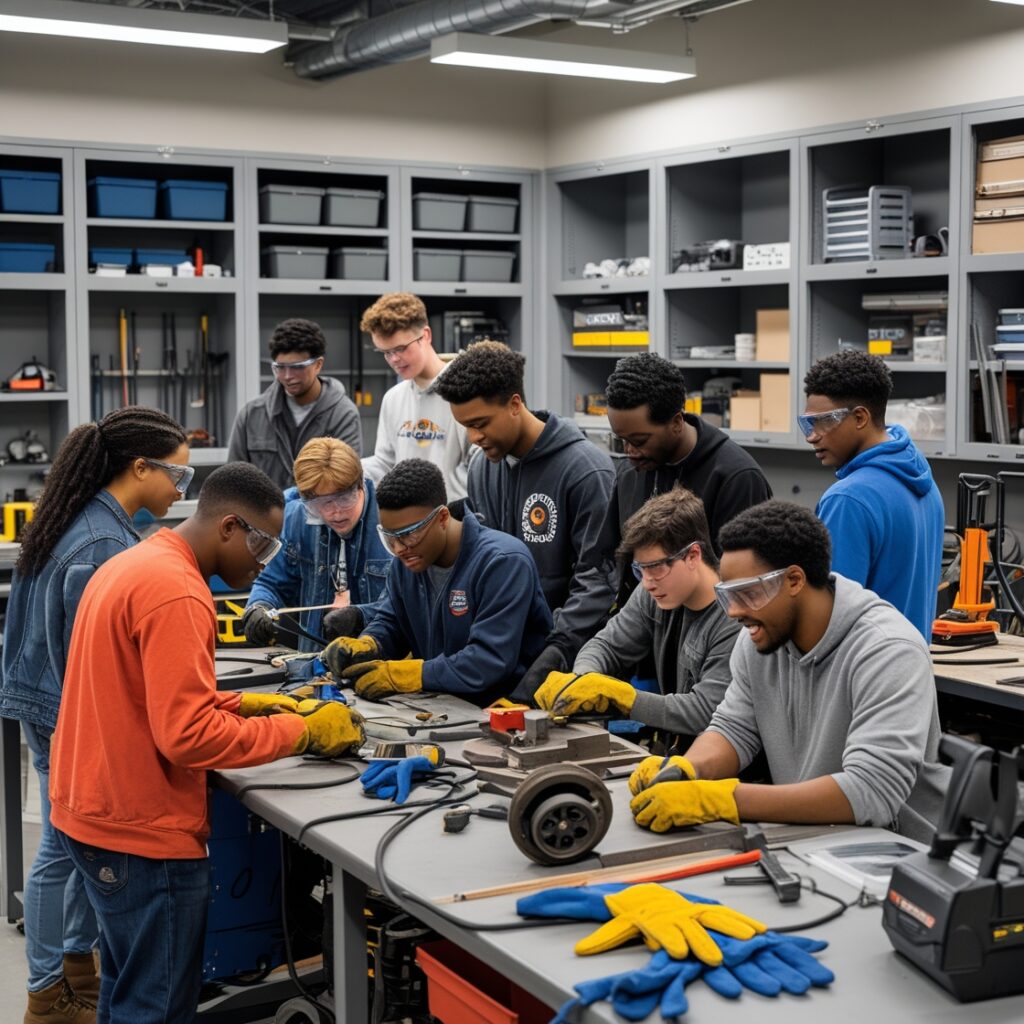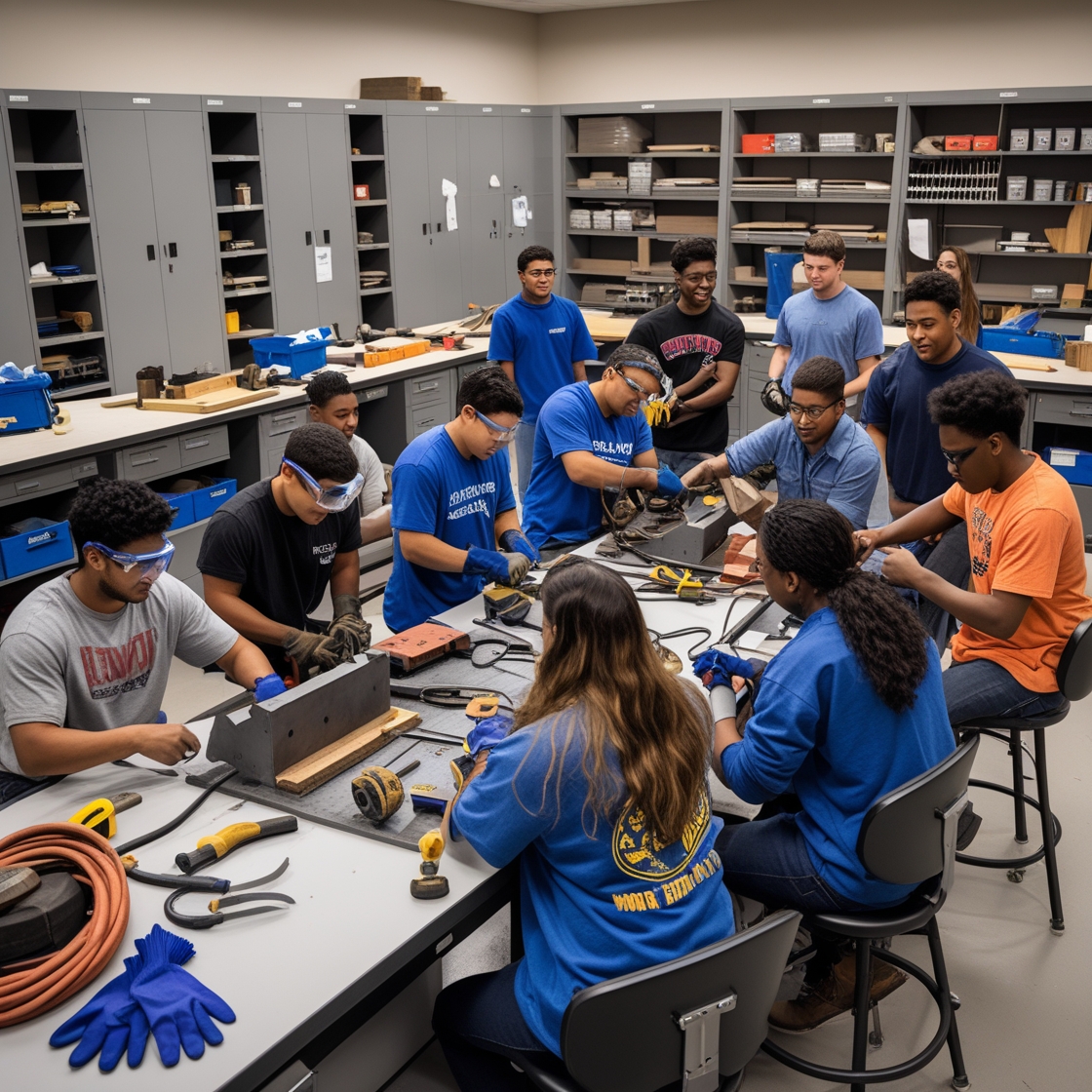Deciding where to start your higher education journey is one of the most important choices you’ll make—one that affects your finances, career trajectory, and personal growth. Community colleges and four‑year universities each present unique advantages and challenges. In this exhaustive guide, we dive deep into seven critical factors—cost, academics, campus life, faculty engagement, resources, career outcomes, and flexibility—to help you determine which path aligns best with your goals, budget, and lifestyle.
Cost and Affordability: Beyond Sticker Price
Tuition Breakdown: Community colleges typically charge $100–$150 per credit hour for in-district students, translating to about $4,000–$6,000 per year. Four‑year public universities can cost $10,000–$12,000 in-state and $25,000–$35,000 for out-of-state students, while private institutions often exceed $40,000 annually.
Additional Fees: Beyond tuition, both community colleges and universities levy fees for technology, activity, and lab access. University fees may be higher due to campus amenities—recreation centers, health services, and student events.
Living Expenses: Many community college students live at home or off-campus, reducing costs. University students often live in dorms, with yearly room and board adding $8,000–$12,000. Factor in meal plans, transportation, and personal expenses when comparing net costs.
Financial Aid & Scholarships: Completing the FAFSA unlocks federal grants (Pell), subsidized loans, and work-study. Community colleges often minimize debt burden, but universities may offer robust merit-based scholarships, departmental grants, and endowment funds—sometimes covering up to full tuition. Meticulously compare award letters to evaluate net costs and long-term debt implications.
Academic Offerings and Transfer Pathways: Charting Your Course
Program Variety at Community Colleges: Offerings include associate degrees (AA/AS), vocational certificates, and workforce credentials in fields like nursing, automotive technology, and IT. Many colleges provide accelerated or cohort-based programs for focused study.
Articulation Agreements & 2+2 Plans: Over 2,000 statewide and institutional agreements facilitate credit transfer to public universities. These agreements outline course equivalencies and GPA thresholds, ensuring a smoother pathway to a bachelor’s degree.
University Majors & Research Opportunities: Four‑year institutions boast hundreds of majors, minors, and interdisciplinary programs—ranging from engineering and computer science to fine arts and philosophy. Undergraduate research positions, honors colleges, and lab internships deepen academic engagement and strengthen graduate school applications.
Customizable Learning Paths: The “2+2” model—two years at a community college followed by two at a university—combines affordability with the traditional university experience. Some students even pursue hybrid degrees, pairing technical certificates with bachelor’s programs in emerging fields like data analytics and cybersecurity.
Campus Life and Community: Social Engagement Unpacked
Community College Environment: Predominantly commuter-based, community colleges offer flexible schedules for part-time learners. Clubs, student government, and intramural sports exist but on a smaller scale. Events often focus on local community ties—job fairs, workshops, and cultural celebrations.
University Campus Culture: Lively residential life includes dormitories, Greek life, Division I–III athletics, student-run media, and large-scale events like homecoming and campus festivals. Living on campus fosters deeper friendships, leadership roles, and networking opportunities.
Support Services: Both institution types provide tutoring centers, counseling, and career services. Universities typically have larger staffs, offering specialized programs for first-generation, veteran, and international students. Community colleges often excel in personalized support through smaller student-to-counselor ratios.
Alumni Networks & Mentorship: University alumni networks span decades and industries, facilitating internships, job placements, and mentorship programs. Community college alumni tend to be regionally concentrated, offering strong local connections for immediate workforce entry.
Class Size and Faculty Access: The Learning Experience
Student-to-Faculty Ratios: Community colleges average 15–20 students per class, enabling frequent interaction and personalized feedback.
Lecture Halls vs. Seminars: Universities may host 100+ students in introductory lectures, supplemented by smaller breakout discussions. Upper-level seminars typically cap at 10–20 students, fostering in-depth dialogue and critical thinking.
Faculty Credentials: Community college instructors often hold master’s degrees and bring significant industry experience. University faculty may be renowned researchers with PhDs, balancing teaching with scholarship and grant-funded projects.
Academic Advising: Community colleges assign dedicated advisors to guide course selection, transfer planning, and career decisions. Universities offer a mix of centralized advising centers and departmental advisers—sometimes requiring proactive outreach for specialized guidance.
Academic Rigor and Available Resources: Tools for Success
Lab Facilities & Equipment: Universities typically house state-of-the-art labs—engineering workshops, art studios, language immersion centers, and athletic training facilities. Community colleges focus on applied labs for vocational training—CNC machining, medical simulation, and network security labs.
Library Collections & Research Databases: University libraries subscribe to extensive academic journals, rare archives, and interlibrary loan systems. Community college libraries prioritize core texts, e-books, and partnerships with public libraries.
Technology & Online Learning: Both use Learning Management Systems (LMS) like Canvas or Blackboard for course materials, discussion boards, and assignment submissions. Universities increasingly integrate AI-driven tutoring, virtual reality simulations, and adaptive learning platforms.
Extracurricular Learning Opportunities: Study abroad programs, global internships, and interdisciplinary institutes are more prevalent at universities. However, some community colleges collaborate with four‑year partners to offer similar experiences at lower cost.
Career Outcomes and Job Market Alignment: Return on Investment
Earnings & Employment Rates: Community college graduates in high-demand fields—dental hygiene, HVAC technology, and web development—report starting salaries between $40,000–$60,000 with 70–85% job placement rates within six months.
Internships, Co‑ops & Experiential Learning: Universities often embed internships and cooperative education into degree programs. Business, engineering, and healthcare students may complete multiple industry rotations before graduation, building robust resumes.
Career Services & Networking: Both institution types host career fairs and employer panels. University career centers often feature national recruitment events, alumni guest speakers, and specialized job boards for large corporations. Community colleges focus on local industry partnerships and rapid workforce matchmaking.
Long-Term ROI: While bachelor’s degree holders tend to earn higher median incomes—sometimes 25–30% more over a lifetime—they may also carry larger debt burdens. Associate degree graduates benefit from lower educational debt and quicker entry into the workforce, balancing immediate earnings with regional job-market demand.

Flexibility and Scheduling: Balancing Education with Life
Enrollment Cycles: Community colleges typically offer rolling admissions and start dates every semester—fall, spring, summer, and mini‑terms. Universities usually follow a traditional semester calendar, with some offering accelerated or intersession courses.
Class Delivery Options: Community colleges excel in evening, weekend, hybrid, and fully online courses—ideal for working adults and parents. Universities are expanding online bachelor’s programs through extension schools but may require in-person attendance for labs or clinical rotations.
Pacing and Completion Time: Certificate programs at community colleges can be completed in six months; associate degrees in 18–24 months. University bachelor’s programs standardly span four years but can be accelerated through AP credits or summer coursework.
Accommodation for Special Populations: Community colleges cater to adult learners, veterans, and working professionals with tailored support services. Universities offer specialized accommodations for student-athletes, exchange scholars, and research fellows, but may adhere to stricter attendance policies.
Which Path Should You Choose?
There’s no universal answer. If minimizing educational debt, entering the workforce quickly, and maintaining scheduling flexibility rank highest for you, starting at a community college is a strategic choice. Conversely, if you value immersive campus life, extensive research opportunities, and expansive alumni networks, a four‑year university may better match your aspirations. Carefully weigh net costs, visit campuses, speak with current students and advisors, and reflect on your personal and professional goals. By aligning institutional strengths with your priorities, you’ll embark on a higher education journey that sets the foundation for future success.

Leave a Reply